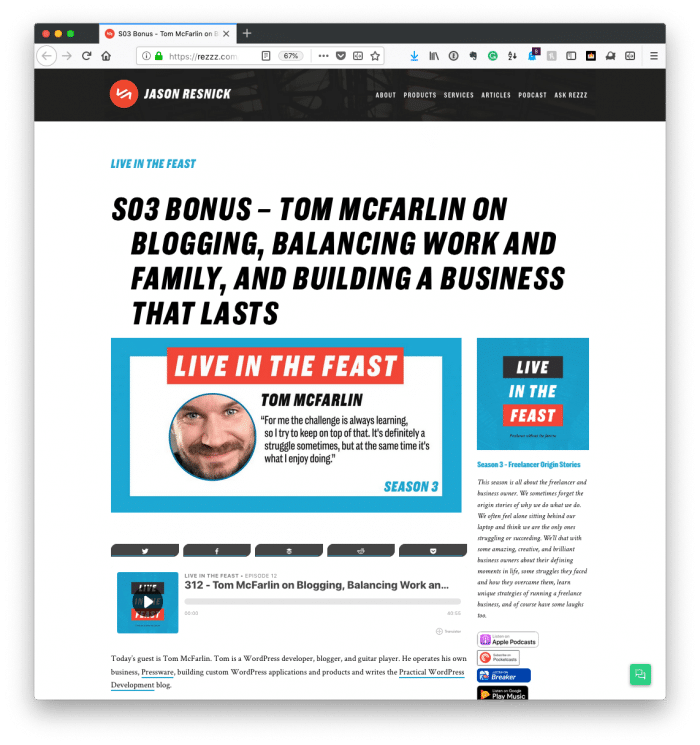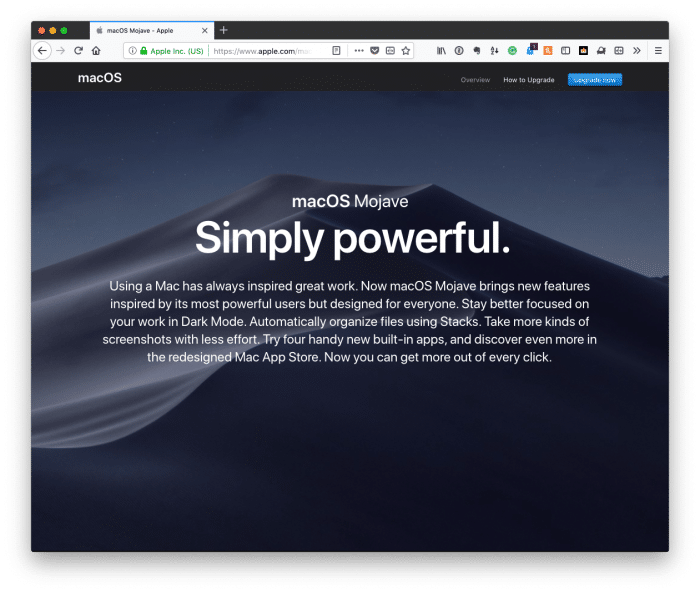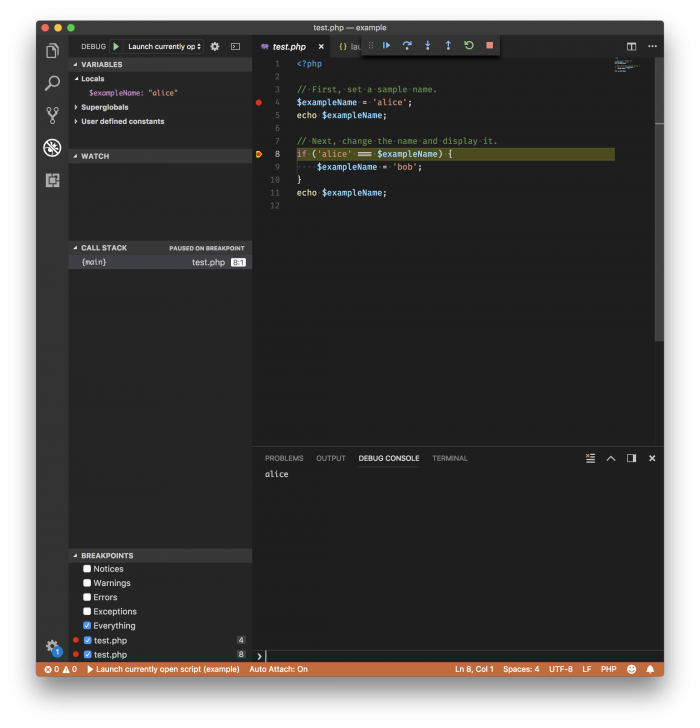It’s been over a year since I’ve done any public speaking or participated in any podcasts for any significant amount of time. This is large because I was focusing on work and all things outside of it.
But when my friend Jason shot me an email earlier this year if I’d participate in his Live in the Feast podcast, it was an easy decision.

I’ve had the pleasure of knowing Jason for some time over the last couple of years.
We both met on Twitter, though we’ve [regrettably] yet to meet face-to-face, and share a few common interests the least of which is not The Walking Dead (to the point where we had our Slack channel with others for discussing the episode).
But I digress.
In the most recent episode of his podcast, I had a chance to talk about the following:
Blogging, Balancing Work and Family, and Building a Business that Lasts
If you don’t bother to read the rest of this post, you can check out the episode page for more information.




